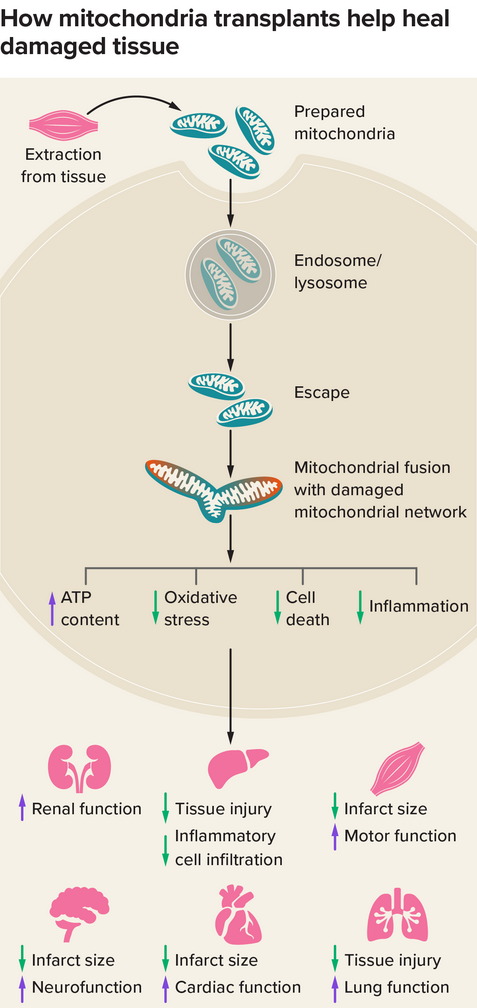Man’s heart stopped after common bacterium caused ultra-rare infection
A 51-year-old man showed up at a hospital in Germany looking as though he was wasting away, with swelling and tenderness in his ankles and knees. Then, his heart stopped.
Doctors were able to resuscitate him. Then, they got to work trying to figure out what was wrong. The man told them that for three months he had been suffering from diarrhea, weight loss, joint pain, and fever. His case was reported in this week’s issue of the New England Journal of Medicine.
Blood tests didn’t detect any infection, but imaging of his heart told a different story. Doctors saw “vegetation” on both his aortic valve and mitral valve. Vegetations are clumps or masses that often build up from an infection, generally containing a bundle of proteins, platelets, and infecting germs stuck together. While they cause damage where they are, if they fully dislodge, they threaten to move to other parts of the body, such as the brain or lungs, and cause dangerous blockages. In the man’s case, the vegetation on his aortic valve appeared mobile.
The man was quickly sent to emergency surgery to replace his valves. Once removed, the diseased valves were sent for testing to see what was in those dangerous masses. The result likely came as a surprise to the doctors.
The man had in his heart Tropheryma whipplei, a very common environmental bacterium that dwells in soil. Only in exceedingly rare cases does it cause an infection—but when it does it’s a systemic, chronic, and sometimes life-threatening one called Whipple’s disease. The condition affects about one to three people in a million, most often middle-aged Caucasian men, like the patient in this case. Overall, 85 percent of Whipple’s disease cases are in men.
Curious condition
So, how can such a common germ also cause such a rare infection? Researchers think it’s due to genetic predisposition and a glitch in immune responses. Many people likely get infected with T. whipplei as kids, and have either an asymptomatic or limited gastrointestinal infection. They then develop protective immune responses. But in the few people who develop Whipple’s disease, this process seems to go awry. Researchers hypothesize that white blood cells called macrophages—which normally engulf and destroy invading pathogens—aren’t able to finish the job. They engulf T. whipplei, but don’t neutralize the germ. When this happens, the immune system doesn’t generate protective antibodies against the bacterium, and inflammation ratchets up. This, in turn, leads to the development of a systemic infection.
Man’s heart stopped after common bacterium caused ultra-rare infection Read More »















